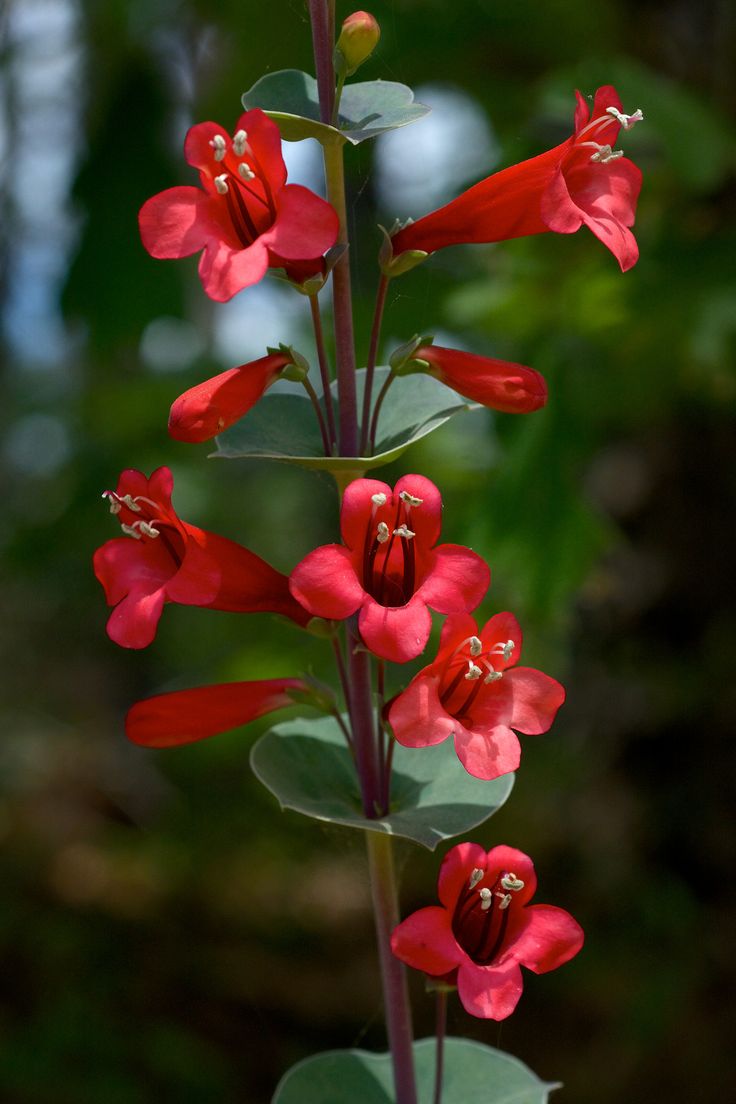While roses are red, and violets are blue, how exactly do flower colors change?
In the case of penstemons, with over 200 species to choose from, scientists Carolyn Wessinger and Mark Rausher have now shown that turning their flowers from blue to red involves knocking out the activity of just a single enzyme involved in the production of blue floral pigments.
A genetically conserved biochemical pathway produces the vivid blue pigments that they found to mutate over time to produce red. To shift into red pigment production, the enzyme flavonoid 3′, 5′ -hydroxylase (F3’5’h) is functionally inactivated in the 13 red-flowered species they examined by mutations that abolish enzyme activity. This occurred by independent evolutionary events, showing a relatively simple, predictable genetic change behind the evolution from blue to red penstemons.
While blue can change to red, in this case, evolution always drives down a one-way street, as reverse changes of red to blue are not observed.
“Evolutionary shifts from blue to red flowers in Penstemon predictably involves degeneration of the same particular flower pigment gene, suggesting there are limited genetic ‘options’ for evolving red flowers in this group,” said Wessinger. “However, it is lot easier for evolution to break a gene than to fix one, so we suspect that reversals from red to blue flowers would be highly unlikely.”
Source: Science daily
N.H.Kh

